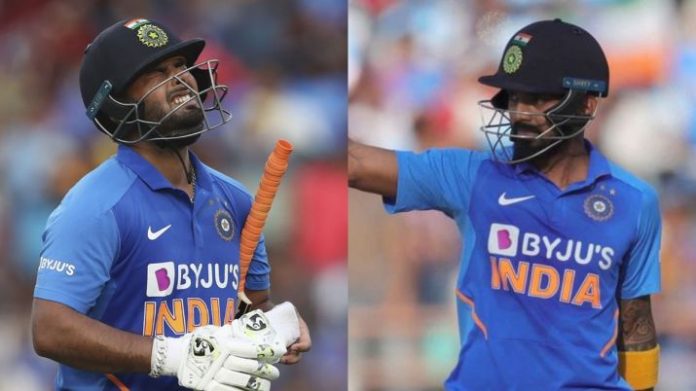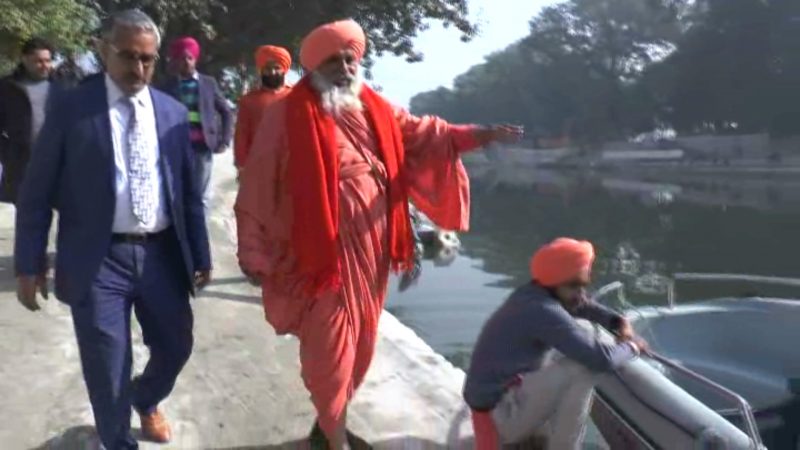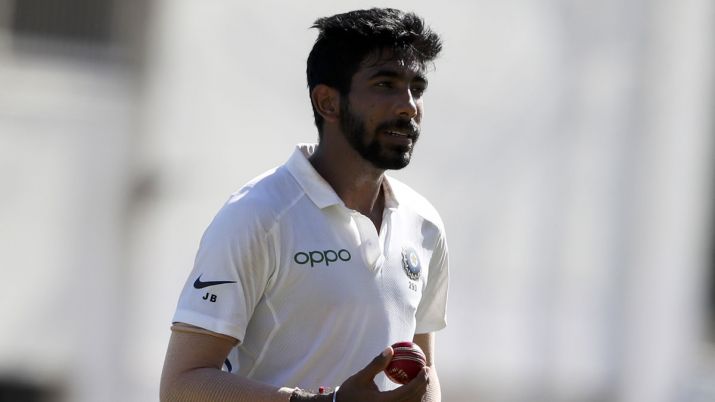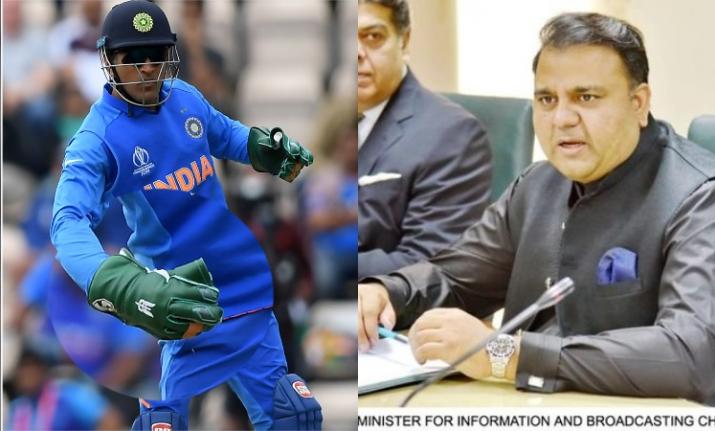The series against Australia was an eye-opener for the Indian fans, experts and in certain ways, even Virat Kohli and Co. After a tiresome saga surrounding the Indian middle-order crisis which played a major role in India’s failed World Cup campaign in 2019, the three-match series against the Aussies has brought some clarity for the team management.
For the first time in quite some time, the Indian captain sounded assured over the team combination, and more importantly, the middle-order. That Team India opted for an unchanged XI in two successive games reflects on the changing mindset and clarity in air.
Indian batsman – or, as one can now term him on the back of his last two games – Indian wicketkeeper-batsman KL Rahul continued to be a nomad in the Indian batting lineup throughout the series. Rahul came at three in a failed experiment by Virat Kohli, as he pushed himself down at number four. More sense prevailed in the second ODI as Rahul batted at five, but an injury to Shikhar Dhawan forced the Karnataka batsman to open the innings alongside Rohit Sharma.
Throughout this time, however, Rahul was also given an added responsibility – wicketkeeping. A concussion injury to Rishabh Pant allowed the 28-year-old to don the wicketkeeper’s gloves in the second ODI in Rajkot. At the risk of sounding a romantic living in nostalgia, this just had to happen, didn’t it? A Rahul from Karnataka being asked to keep – we’ve definitely heard this before.
And this edition of Rahul wasn’t bad either. His blink-and-miss stumping to dismiss Australian captain Aaron Finch not only paved the way for Indian win in Rajkot, but also drew his comparisons with legendary Indian wicketkeeper-batsman Mahendra Singh Dhoni.
After the third ODI, Virat Kohli was composed with the current team combination, and his comments oozed of belief. He seemed to confirm that there might have been a change of guard for the first-choice wicketkeeper-batsman in the team.
“I think lack of clarity in terms of positions has really hurt us in the past. Now that we understand that this feels right, we will go ahead with that for a while and figure out if this is the right thing to do or not. You cannot chip and change immediately and create confusion among the group,” the captain said.
“It (Rahul’s keeping) definitely allows us to play an extra batsman which strengthens our batting massively. That is a very important factor as far as the team balance is concerned.”
While Rahul has cemented his place and clarity has prevailed over the current team combination, Kohli’s comments do put the gray in the seemingly black-and-white situation for Rishabh Pant. Ever since the beginning of India’s cricket action after the 2019 World Cup, The Delhi youngster had been the first-choice wicketkeeper-batsman for the side. Throughout the limited-overs series against West Indies (away), South Africa, Bangladesh, West Indies (home) and Sri Lanka, Pant was captain Kohli’s preferred option – even as the side had Sanju Samson on the bench for a large part of their home season.
And so, we stumble upon another dilemma: What do Kohli’s comments mean for Rishabh Pant’s future in the Indian team?
Pant’s poor form and Rahul’s consistency
Rishabh Pant had been struggling – a few would argue otherwise. His immense potential may justify his backing, but the end-result cannot be entirely ignored – even when the youngster is in a learning phase. Barring a 71 and a quickfire 39 in the home ODI series against West Indies last year, Pant’s numbers in the side’s fifty-over games fail to inspire confidence. In T20Is, he scored only one fifty in 13 matches, largely succumbing to his instincts of being aggressive. His knack of throwing good starts had become a constant occurring throughout this time, which led to head coach Ravi Shastri’s strongly-worded warning for him.
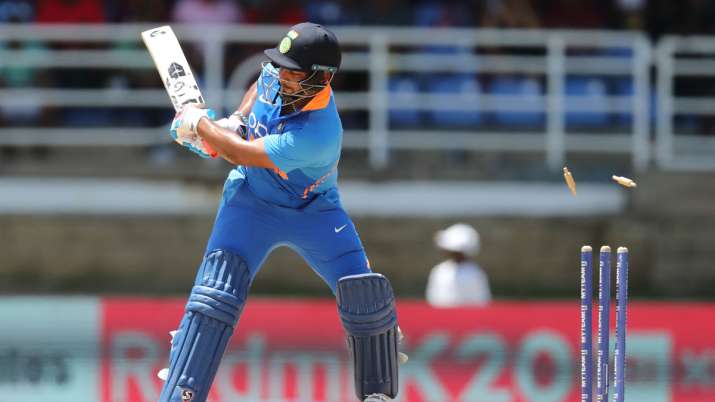
“We’ll let him be but at times when you see a shot, like the first ball dismissal in Trinidad (in series against West Indies), if he repeats that, then he will be told. There will be a rap on the knuckles, talent or no talent,” Shastri had said in September last year.
The concussion injury forced Pant to the sidelines in the second ODI against Australia, and KL Rahul capitalized brilliantly on the opportunity. The Karnataka batsman slammed 80 off just 52 deliveries – making an instant impression on the side. Moreover, Rahul had been in brilliant form throughout the home season. In six ODIs, Rahul scored 331 runs at an average of 55.16, while appearing in nine T20Is, the flamboyant batsman scored 338 runs at 48.28.
A one-day gap between the second and third ODI may have been a factor for the team to keep Pant on the sidelines, but Rahul’s exceptional performance in both – batting and wicketkeeping, could mean that Pant’s time as the first-choice player for the position is – at least at the moment, at an end.
Is this the end of Pant’s stint with Team India, then?
It shouldn’t. While Pant may not walk-in to the playing XI in the limited-overs, the constant backing of the youngster doesn’t align with the idea of suddenly shunning him out. The team management backed Pant throughout his poor performances, and it was an injury which eventually forced him out – signifying that Pant has been a strong part of the side’s plans for the future.
While the team management’s belief in Rahul’s ability is strongly supported by his performances, it wouldn’t be too surprising to expect the Delhi youngster being pushed down as a second-choice wicketkeeper-batsman for the moment. It doesn’t make much sense to remove a player who has been a large part of the home season right before an important away series, now, does it? Remember, this is also the year of the T20 World Cup, and the side can do with avoiding another ugly saga for a different position.




